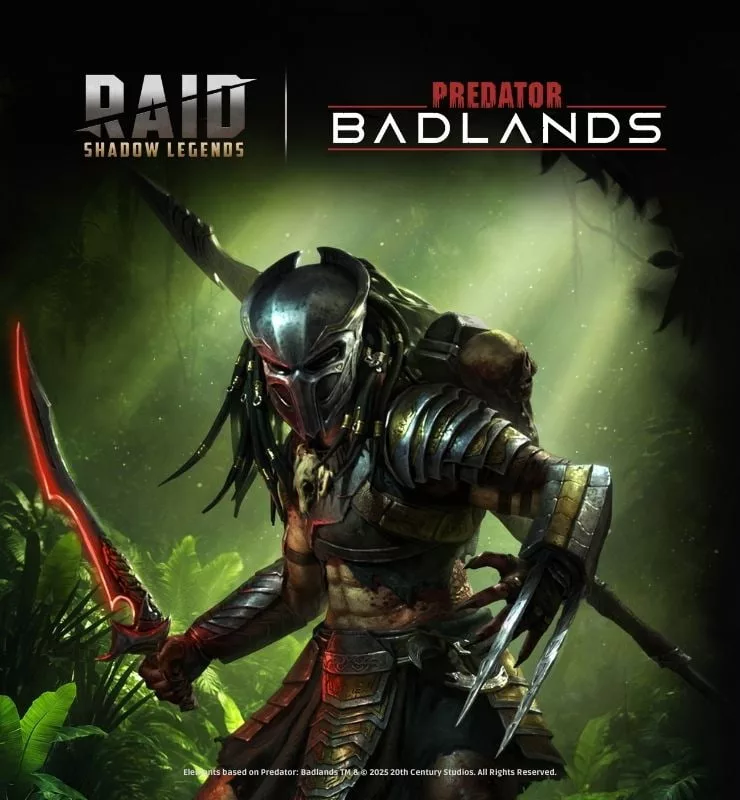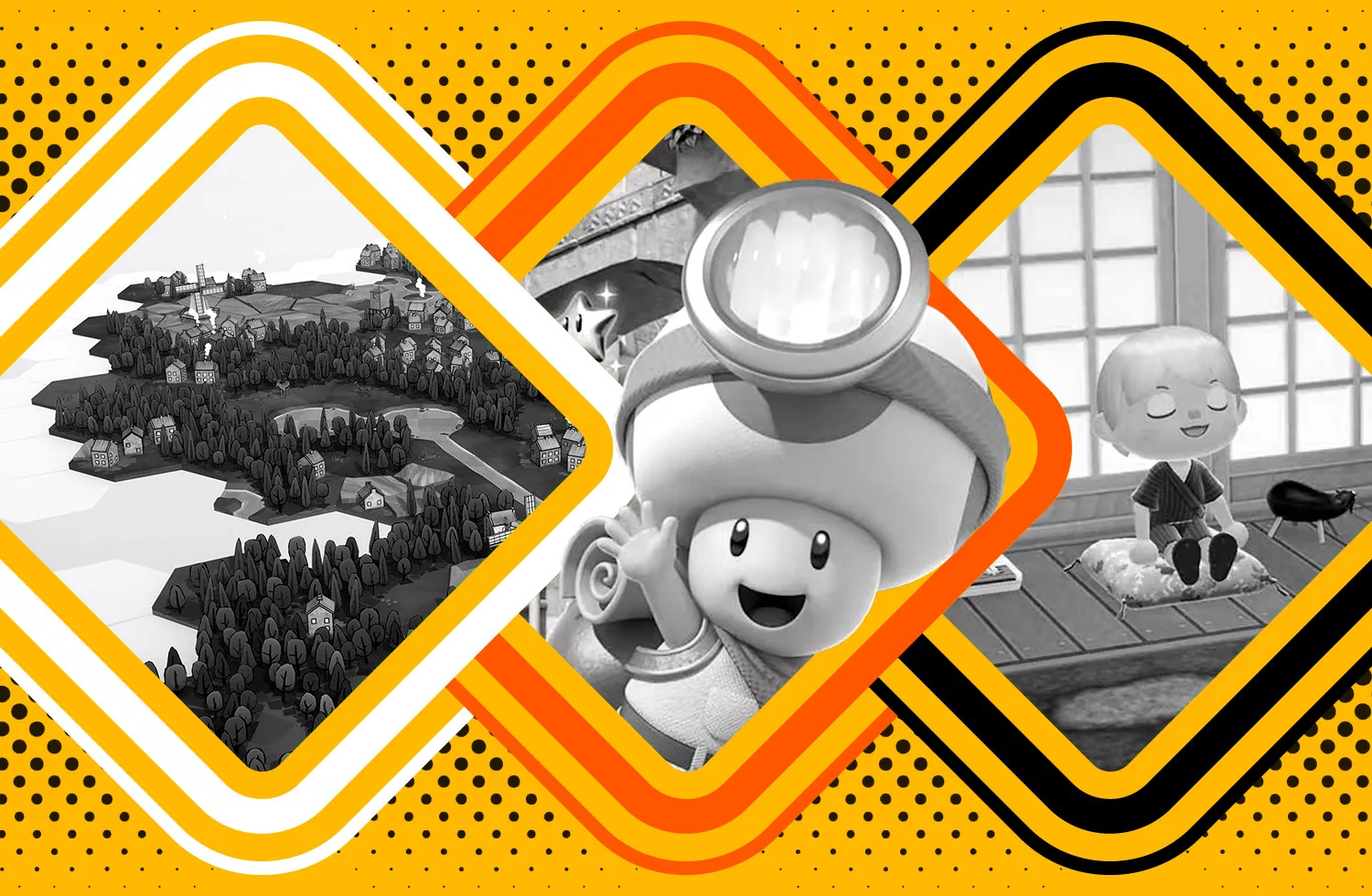
In a video gaming landscape so often popularized by first and third-person shooters, it can be easy to forget the little guys. But some of these little guys, like Metroidvania games, have had influences far beyond their humble beginnings.
This is a curious genre, distinguished from others on the block due to its interesting origins and dynamic gaming features.
So, What Is a Metroidvania?
As a fusion of different elements, this isn’t an easy question to answer. In a general sense, Metroidvania is a 2D action-adventure game that relies on platforming and ability acquisition.
Over time, the player character in a Metroidvania gains traversal options as they explore a centralized world.
While this definition usually holds, it’s important to remember that video games and game genres evolve. In addition, since there isn’t one strict definition, there’s room for personal interpretation.
Some people regard all adventure games with the main hub overworld as Metroidvanias, as long as the player keeps gaining more forms of movement to unlock new areas.
With this approach, series like Dark Souls and even The Legend of Zelda could be regarded as Metroidvania titles. Since this muddies the water and is the source of much debate, it’s perhaps wise to stick to 2D-orientated gaming examples that exemplify the genre.
Adding to this complexity is a common belief that Metroidvania titles must be difficult. This can be true, especially for retro Metroidvania games, but it’s not always so. Many Metroidvania titles include RPG leveling mechanics, which means a player can grind for more power if they wish.
Of course, players can also limit themselves if they want more of a challenge.
The Origins of Metroidvania Titles
The name Metroidvania is an amalgamation of Metroid and Castlevania. Though these started as platform and action games with an emphasis on adventure, they also predated modern genre separations.
The first Metroid game was released in 1986 on the Nintendo Entertainment System. Set in 20X5, the game had the space-faring bounty hunter Samus Aran on a mission to stop the Metroid threat.
Considered the greatest threats to galactic life, Metroids were being used as biological weapons, and only Samus had the skill to stop them. Infiltrating a space pirate base and destroying everything on her way out, Samus became a legend.
She was also one of the first female video game protagonists, which many players didn’t learn about until the ending screen rolled.
Also released in 1986 on the NES, Castlevania took an approach much more tied to folklore and mythology. In Castlevania, the player took the role of Simon Belmont. As a descendent of a legendary vampire killer, Simon’s goal was to brave the castle and kill Dracula.
On the way he would fight monsters made famous in Hammer Horror films, taking on the likes of Frankenstein’s monster, the Grim Reaper, and many more.
While these two series contributed to the name, it wasn’t until later entries that the classic Metroidvania formula appeared. This was with Super Metroid and Castlevania: Symphony of the Night.
Regarded as the true grandparents of Metroidvania titles, earlier games were more classic action adventures.
Since taste is subjective, it’s difficult to come up with a list of Metroidvania titles that are considered strictly the best. That said, there are examples from history too important to ignore.
Here are the five best Metroidvania games to hit shelves, in our opinion:
Super Metroid – Nintendo – 1994
As the third installment in the Metroid series, there was a lot of hype around Super Metroid. Launched on the Super Nintendo, this was the first Metroidvania game to really push the boundaries of what the genre could do.
Following the heroine Samus, Super Metroid relayed her attempt to recapture or kill the last Metroid.
Super Metroid was a title that both looked fantastic and played extremely well. With tight controls and an emphasis on atmosphere, it stuck with players for decades to come. Now one of the most popular speed-running games in history, its legacy continues to thrive.
Castlevania: Symphony of the Night – Konami – 1997
Originally hitting the PlayStation 1, Castlevania: Symphony of the Night is often regarded as the best Metroidvania game ever. At its core, it followed similar sensibilities as prior entries only turned up to eleven.
Funnily enough, at the time, its 2D nature made many reviewers question its quality when compared to its 3D cousin on Nintendo 64. Over time, SOTN would become known as the unquestionably better game.
Symphony of the Night featured an enormous castle to explore, filled with many monsters and weapons. It also introduced strong RPG elements, including leveling up to gain strength. With the ultimate goal of killing Dracula, players would need all the help they could get.
Not especially commercially successful, SOTN would still go on to become a cult hit, and arguably the most popular of all Metroidvania titles.
Ori and the Will of the Wisps – Moon Studios – 2020
Sequel to Ori and the Blind Forest, the multiplatform release of Will of the Wisps was highly anticipated. It also had no problem living up to the hype, becoming critically and commercially acclaimed.
Ori and the Will of the Wisps built on the Metroidvania formula of its predecessor, pushing the series to new heights.
In this game, the player controls the eponymous Ori, a forest spirit. Lost in a new land, Ori had to reunite with his friends and save the land from encroaching evil. Easily one of the best-looking games ever released, Will of the Wisps is a modern Metroidvania not to be missed.
Bloodstained: Ritual of the Night – ArtPlay – 2019
Produced by Koji Igarashi, one of the big names behind Symphony of the Night, Ritual of the Night served as an unofficial modern Castlevania game. Crowdfunded to great success, there were some early doubts about the game’s quality, but not for long.
On release, Bloodstained: Ritual of the Night met with universal applause.
Heralded as a return to what made Metroidvania titles great, ROTN shows that the classic formula still has legs. Taking abilities from enemies and leveling up, this game made long-dormant fans salivate at the thought of what comes next.
Since Konami doesn’t seem interested anymore, and Bloodstained was such a hit, the ball’s now in Igarashi’s court.
Guacamelee! – DrinkBox Studios – 2013
Stepping outside the norm with this one, Guacamelee! places a strong emphasis on brawling and combos. Set in a fictional Mexican village, this Metroidvania follows a humble farmer.
Overcoming death and fighting for his lost love, the now-luchador Juan’s adventures only get more ridiculous as the game goes on.
Far outside of the sci-fi and western-fantasy aesthetic, players weren’t sure what to make of Guacamelee! at first. With so much charm and character, these concerns didn’t last long.
Guacamelee! is one of the Metroidvania titles which demonstrates how flexible the formula can be. Even including a four-player, co-op, this title swung for the fences, and it connected.
Where To Find Metroidvania Titles
Originally confined to consoles, modern Metroidvanias are available on every system. In general, it’s PC owners who get the most choice here. Using storefronts like Steam, players have access to a wide range of contemporary games, with included ratings and prices.
These storefronts even sometimes include ports of more classic games, like the Castlevania Advance Collection, first released on the Gameboy Advance. Players interested in Metroid, however, will have to turn to a Nintendo console like the Switch.
Tied to the system for decades, it’s unlikely that players can expect to see Metroid games on PC anytime soon.
For the original classic games, players could also consider emulation. Since some of these older Metroidvanias are no longer sold, the developers and publishers will lose no money from you taking this route.
Just make double sure that any games ROM files you download have no updated releases, to keep everything safe.
How Difficult Are Metroidvania Games?
When looking for a direct game to start, the games in the list above are the best standout examples. You could also check out top lists through Google searches to further narrow down choices.
Since Metroidvania titles can get quite complex, it might be best to start with a simple game, and then ease yourself in. Remember – don’t be scared to look up guides if you get lost, that’s something even the most experienced Metroidvania players go through.
As an evolving genre, it’s impossible to tell where Metroidvanias might go next. At least, with the success of Metroid: Dread, one-half of the genre’s namesake remains strong. Here’s to hoping that Konami gets their act together as well, for the sake of future Belmonts.
At least, no matter what happens to the originators, the Metroidvania genre continues to grow. There’s never been a better time to be a Metroidvania fan, and with the next generation heating up, the future looks bright!











